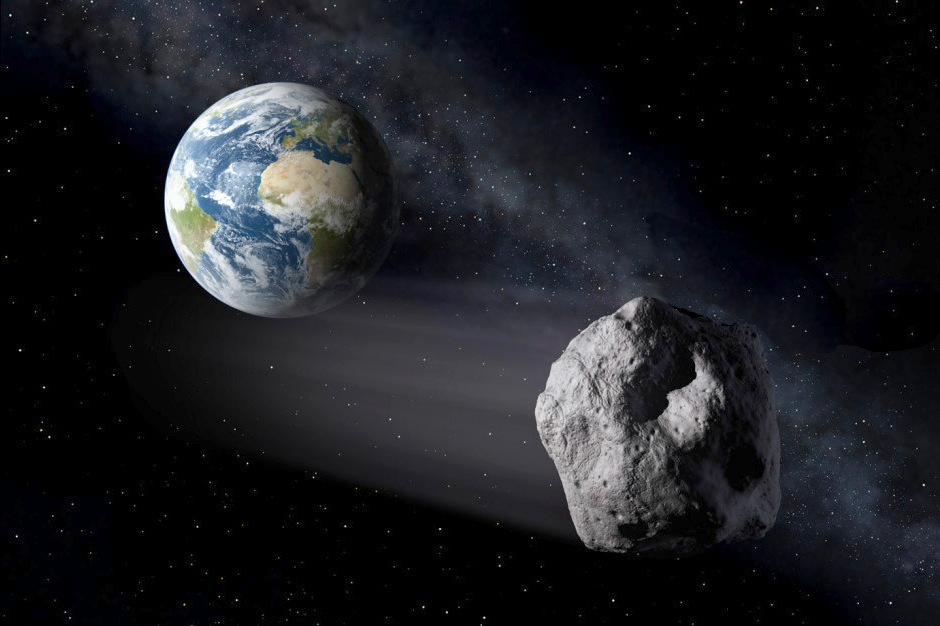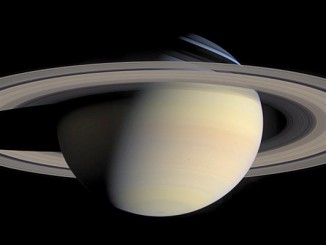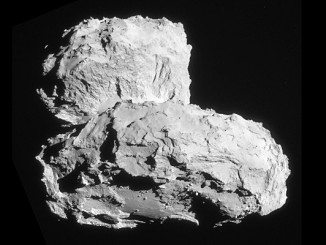
Now known as 2013 TX68, the body was discovered by the Catalina Sky Survey on 6 October 2013. Initially thought to pass close by Earth again on 5 March 2016, additional observations of asteroid 2013 TX68 have been obtained, refining its orbital path and moving the date of the asteroid’s Earth flyby to 8 March.
The observations, from archived images provided by the NASA-funded Pan-STARRS asteroid survey, enabled scientists at NASA’s Center for Near-Earth Object Studies (CNEOS) at the Jet Propulsion Laboratory in Pasadena, California, to refine their earlier flyby and distance predictions, reconfirming that the asteroid poses no threat to Earth.
“We already knew this asteroid, 2013 TX68, would safely fly past Earth in early March, but this additional data allow us to get a better handle on its orbital path,” said Paul Chodas, manager of CNEOS. “The data indicate that this small asteroid will probably pass much farther away from Earth than previously thought.”
Marco Micheli of the European Space Agency’s NEO Coordination Centre (NEOCC/SpaceDys) in Frascati, Italy, is the astronomer who identified the object in the archived images, measured its position, and provided these observations to the Minor Planet Center in Cambridge, Massachusetts.
“There is no concern whatsoever regarding this asteroid — unless you were interested in seeing it with a telescope,” said Chodas. “Prospects for observing this asteroid, which were not very good to begin with, are now even worse because the asteroid is likely to be farther away, and therefore dimmer than previously believed.” Latest predictions suggest that 2013 TX68 will not exceed magnitude +20 at its brightest.
Orbit calculations of asteroids are constantly updated based on observations reported to the Minor Planet Center. This results in projections of minimum, maximum and nominal distances from Earth, which can sometimes have a wide disparity due to limited data. Over time, with additional observations added to the equation, scientists are able to refine and narrow the orbit uncertainties.
For regular updates on passing asteroids, NASA has a list of the next five close approaches to Earth; it links to the CNEOS website with a complete list of recent and upcoming close approaches, as well as all other data on the orbits of known NEOs, so scientists and members of the media and public can track information on known objects.
For more information on NASA’s Planetary Defense Coordination Office, visit:
http://www.nasa.gov/planetarydefense
For asteroid news and updates, follow AsteroidWatch on Twitter:
twitter.com/AsteroidWatch



